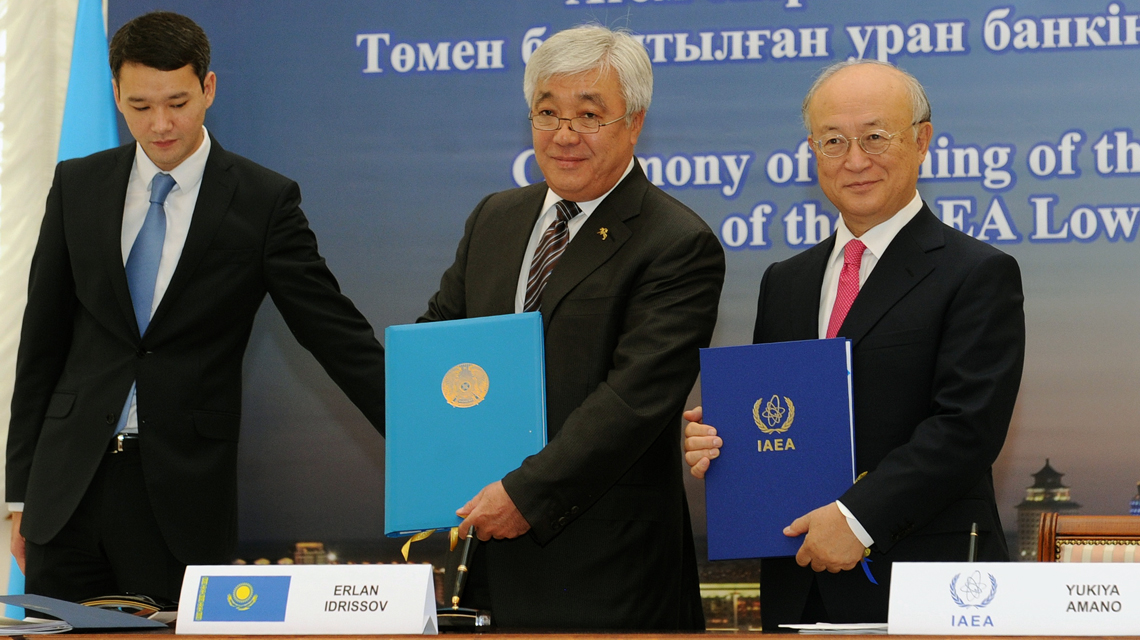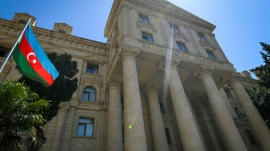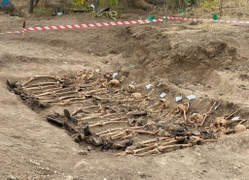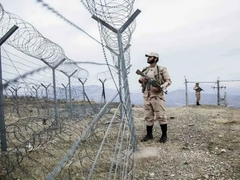Kazakhstan is fusing international interests in nuclear technology and safety mechanisms by opening the world’s first Low Enriched Uranium Bank, under the auspices of the International Atomic Energy Agency (IAEA).
A ribbon cutting ceremony will be held at the facility on August 29, according to an announcement made by Kazakhstan’s President Nursultan Nazarbayev at a meeting with the heads of diplomatic missions in the country.
“On August 29 of this year, on the International Day Against Nuclear Tests, we [plan] to hold the jubilee session of the Pugwash movement of scientists on nuclear disarmament, dedicated to its 60th anniversary in Astana,” Nazarbayev said on Monday, referring to a nuclear disarmament movement that has its roots in Pugwash, Nova Scotia, Canada. “On this day, the ceremony of opening of the first IAEA Low Enriched Uranium Bank on the territory of Kazakhstan will take place. On the same day, the first Kazakhstan's prize for nuclear disarmament will be awarded," he added.
An agreement to establish a low enriched uranium (LEU) bank was signed between the Kazakhstani government and the IAEA in Astana in August 2015. The bank’s purpose is to guarantee countries access to uranium needed to maintain civil nuclear programs, without having to develop enrichment processes themselves.
Located in the northeastern city of Oskemen, close to Kazakhstan’s border with Russia, the bank is owned and controlled by the IAEA. It will stockpile up to 90 metric tons of LEU and act as a supplier of last resort for member states in case LEU supplies to a nuclear power plant are disrupted and securing LEU from the commercial market or other means is not possible.
LEU is suitable as fuel for a typical light water reactor, the most widely used nuclear power reactor worldwide. LEU can be used to make enough nuclear fuel to power a large city for three years.
In February, the Atomic Energy Organization of Iran signed a deal to purchase 950 tons of yellowcake – a form of uranium concentrate powder – from Kazakhstan’s national company Kazatomprom over the next three years.
The deal, which is being conducted under the authorization of the Secretariat of the Joint Commission of the Joint Comprehensive Plan of Action (JCPOA), will see 650 tons of enriched uranium enter Iran in two shipments over two years. The remaining 300 tons will be shipped subsequently and turned into uranium hexafluoride (UF6), and sold back to Kazakhstan.
In July 2015, Iran and the five permanent members of the UN Security Council plus Germany signed the JCPOA, dubbed “the nuclear deal,” according to which Iran would curb its nuclear program in exchange for the lifting of specific sanctions. Under the deal, Iran shut down many of its centrifuges used to develop bomb-grade uranium, but it retained the right to enrich uranium to a level of 3.5 percent and sell it abroad. (Nuclear weapons require enrichment of 80 percent or more).







 President Ilham Aliyev praised Azerbaijan’s cultural diversity as a key factor in fostering peace, stability, and unity within the country, where a...
President Ilham Aliyev praised Azerbaijan’s cultural diversity as a key factor in fostering peace, stability, and unity within the country, where a...
 Ulviyya Fataliyeva, a female Azerbaijani chess grandmaster, was crowned this week at the European Women’s Chess Championship (EWCC) in Rhodes, Gree...
Ulviyya Fataliyeva, a female Azerbaijani chess grandmaster, was crowned this week at the European Women’s Chess Championship (EWCC) in Rhodes, Gree...
 The Iranian and Cuban transport ministers have discussed expanding maritime and air transportation cooperation.
The Iranian and Cuban transport ministers have discussed expanding maritime and air transportation cooperation.
 U.S. Secretary of State Antony Blinken reiterated Washington’s unwavering support for the ongoing peace process between Azerbaijan and Armenia in a...
U.S. Secretary of State Antony Blinken reiterated Washington’s unwavering support for the ongoing peace process between Azerbaijan and Armenia in a...



